Bossa Nova Jazz
Up until now, I have been examining and introducing music based on bossa nova in Japan.
This time, I will be looking beyond Japan and taking a look at bossa nova jazz.
Jazz is a type of music that puts you under a certain kind of tension. That's a good thing…
When listening to jazz, especially bebop or hard bop jazz, the listener is put under a certain kind of tension. That tension is also one of the good things about jazz.
In jazz styles like bebop, there is a scale that matches the chords of the song, and improvisation is required in accordance with the chord progression.
For example, one of the basic rules of jazz is that if the chord progression is IIm7-V-1 (two-five-one), then the chords Dm7-G7-Cm should be played using the Dorian scale for D, G7 is the Mixolydian scale for G, and the Ionian scale for Cm. Following this method of selecting scales for chords gives the melody a jazz-like quality and sense of tension.
Miles Davis came up with the modal approach to escape from these restrictions, but the good thing about jazz is the pleasant sense of tension, so whether or not it is necessary to get rid of that is another matter. I think it's a matter of playing in a different scale and creating a different melody line.
Even during the modal period, Miles' music had a sufficient sense of tension, and I think he prioritized freedom over the constraints of chord sequences. In the Miles-themed film “Miles Ahead”, he complains about a young musician's solo, saying things like “Don't use that E flat note”, so musically he was a strict person.
When I was just starting to get into jazz, I was given the sheet music for “Freddie Freeloader”, which is credited to Miles Davis's classic album “Kind of Blue”, and I played it. It's a B♭ blues. As I didn't know much about scales, I played it in the B♭ Blues Scale because the key was B♭. At that moment, a member of the band said to me, “Why don't you play it in Mixolydian Scale instead of Blues Scale?
“What's Mixolydian Scale?” I asked, and that was the beginning of my introduction to jazz. In fact, when I played it in Mixolydian Scale, it didn't have the heavy feel of Blues Scale, and I was able to improvise with a floating feeling. Music is a strange thing.
Music that Creates a Space of Healing, Bossa Nova
I love bebop and hard bop, but there are days when I want to listen to music that relaxes me, rather than music that makes me feel tense. These days, I tend to listen to the latter more often.
I don't think there are many jazz albums that are relaxing. '1958 Miles' is a bebop album, it's a refreshing and relaxing album though…
If you're looking for jazz-style relaxing music, I think it's best to look for albums that have a jazz feel to them, but are based on bossa nova, as bossa nova music doesn't make you feel tense. The following album is one I'd like to introduce.
■ Recommended album: Paul Desmond's Bossa Antigua (1964)
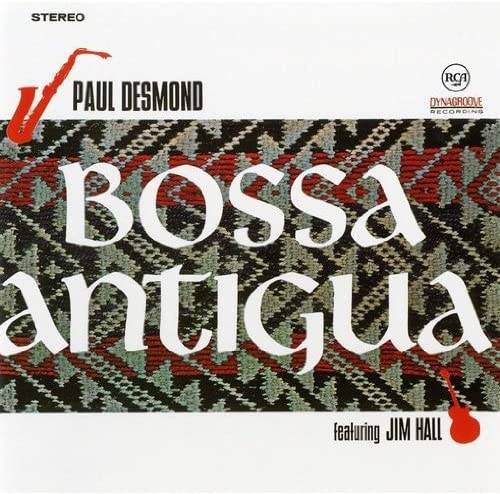
There are many things that make his playing stand out, such as the feeling that it doesn't have too much black essence. The tone of the alto saxophone that Desmond plays is simply wonderful. The beautiful tone and the comfortable nature of the music, which doesn't force the listener, are what make this album so special. The affinity between Desmond's sound and bossa nova is so strong that it seems as if it was made for this album.
The guitarist Jim Hall is the one who supports Desmond. Hall's playing is also very relaxed like Desmonds', and is a big part of the relaxed feel of the music.
Paul Desmond is a popular saxophonist in the quartet of pianist Dave Brubeck. When you listen to songs like “Take 5”, Brubeck's own piano playing is strong and gritty. For that reason, I imagine that the band needed a saxophone that would dance lightly over Brubeck's piano.
On the other hand, this album does not feature a pianist, but is a quartet of saxophone, guitar, bass and drums. The guitar is the chord instrument. It is not clear whether Desmond disliked the gritty Blue Beck piano, or whether he thought there was no point in playing bossa nova in the same format. However, there is no doubt that the piano-less arrangement allows Desmond's alto saxophone to stand out.
Recommended track: “Bossa Antigua”
A masterpiece of bossa nova jazz by Paul Desmond. The members are Paul Desmond, Jim Hall - Guitar, Gene Cherico - Bass on Track 08, Eugene Wright - Bass on Tracks 01 to 07, and Connie Kay - Drums. The moment you hear the opening theme melody, you will be drawn into Desmond's music. The guitar solo by Jim Hall, who plays a supporting role, is also wonderful. Rather than standing out, the solo is a subtle extension of the backing. This is a great performance by a showy guitarist who wants to be noticed.
Recommended track: “Samba Cantina”
Paul Desmond has been criticized by critics for being too light and lacking in imagination. Unless you are musically outstanding, you can never write beautiful melodies like Bossa Antigua or Samba Cantina. It is a performance that is only possible if you have the ability to bring together many conditions, such as a tone and musical skills that are unique to you, and the connections that allow you to express them. A masterpiece that quietly steals into people's hearts.
Musicians, albums, and recommendations featured in this issue
- Artists: Paul Desmond, Jim Hall, etc.
- Album: “Bossa Antigua”
- Song titles: “Bossa Antigua”, “Samba Cantina”
The “sound & person” column is made up of contributions from you.
For details about contributing, click here.











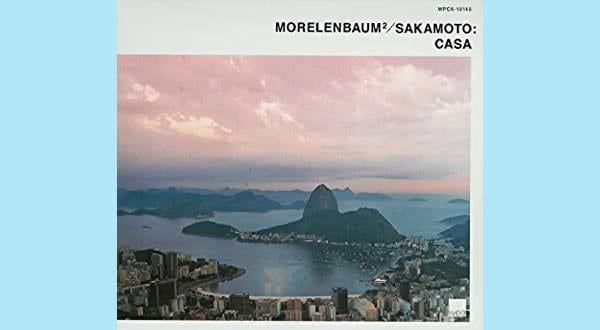

![[Acoustic] Bossa Nova Recommendation](/contents/uploads/thumbs/5/2020/6/20200608_5_10270_1.jpg)
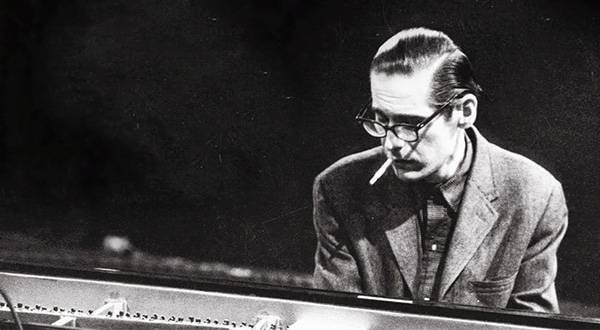
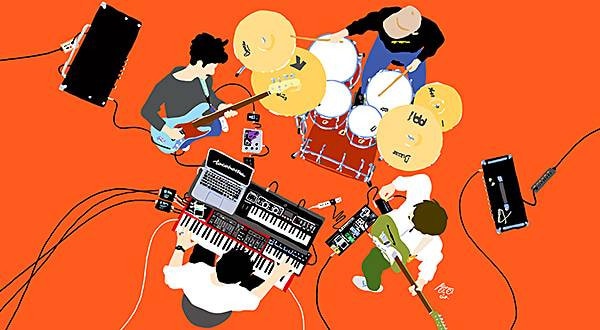
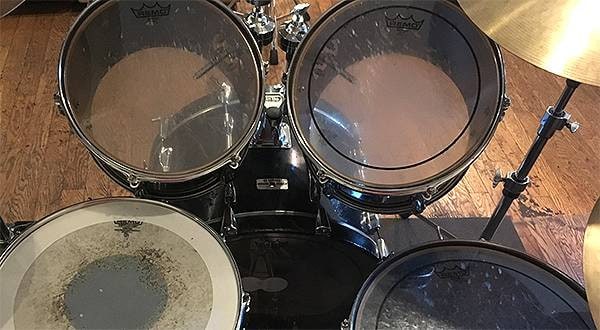
 超オススメのフレーズ道場 キーボード
超オススメのフレーズ道場 キーボード
 キーボードスタートガイド
キーボードスタートガイド
 ギタースタートガイド
ギタースタートガイド
 キーボード・ピアノ講座
キーボード・ピアノ講座
 ドラム初心者講座
ドラム初心者講座
 ベース初心者講座
ベース初心者講座















